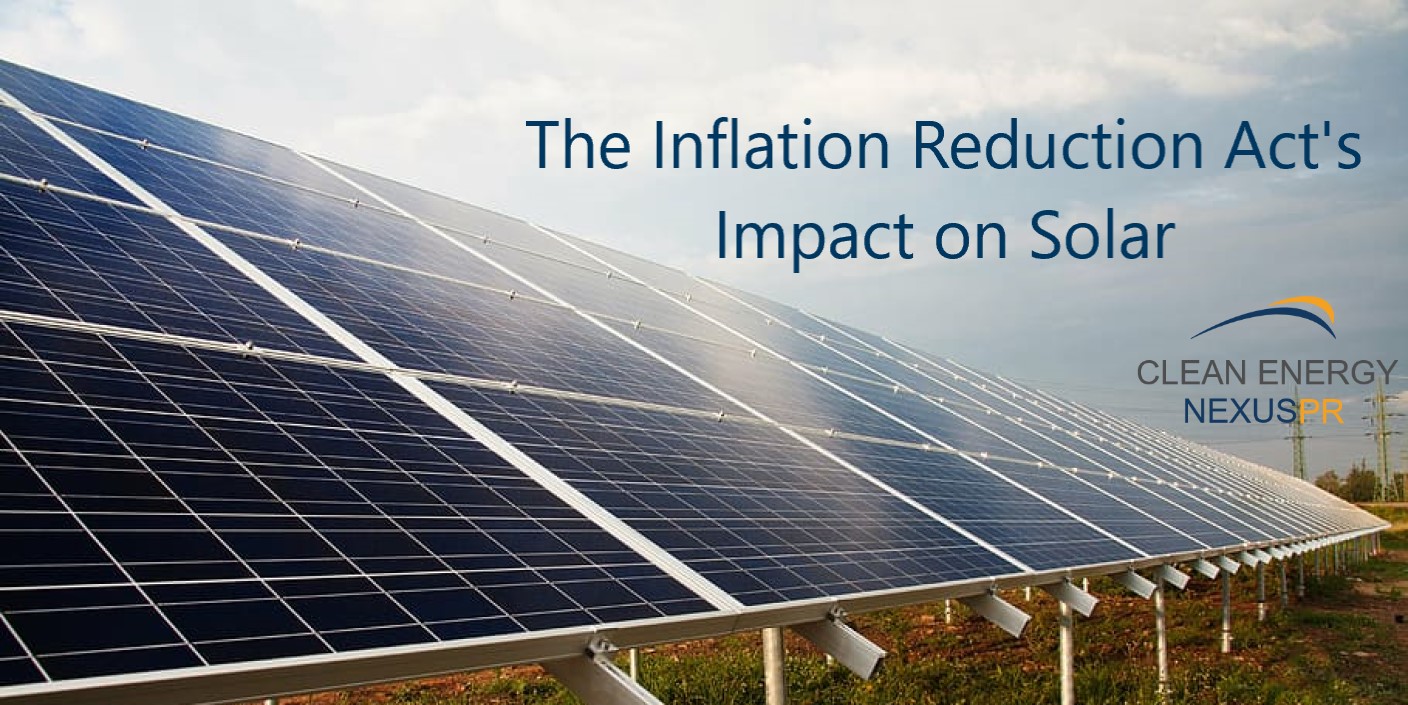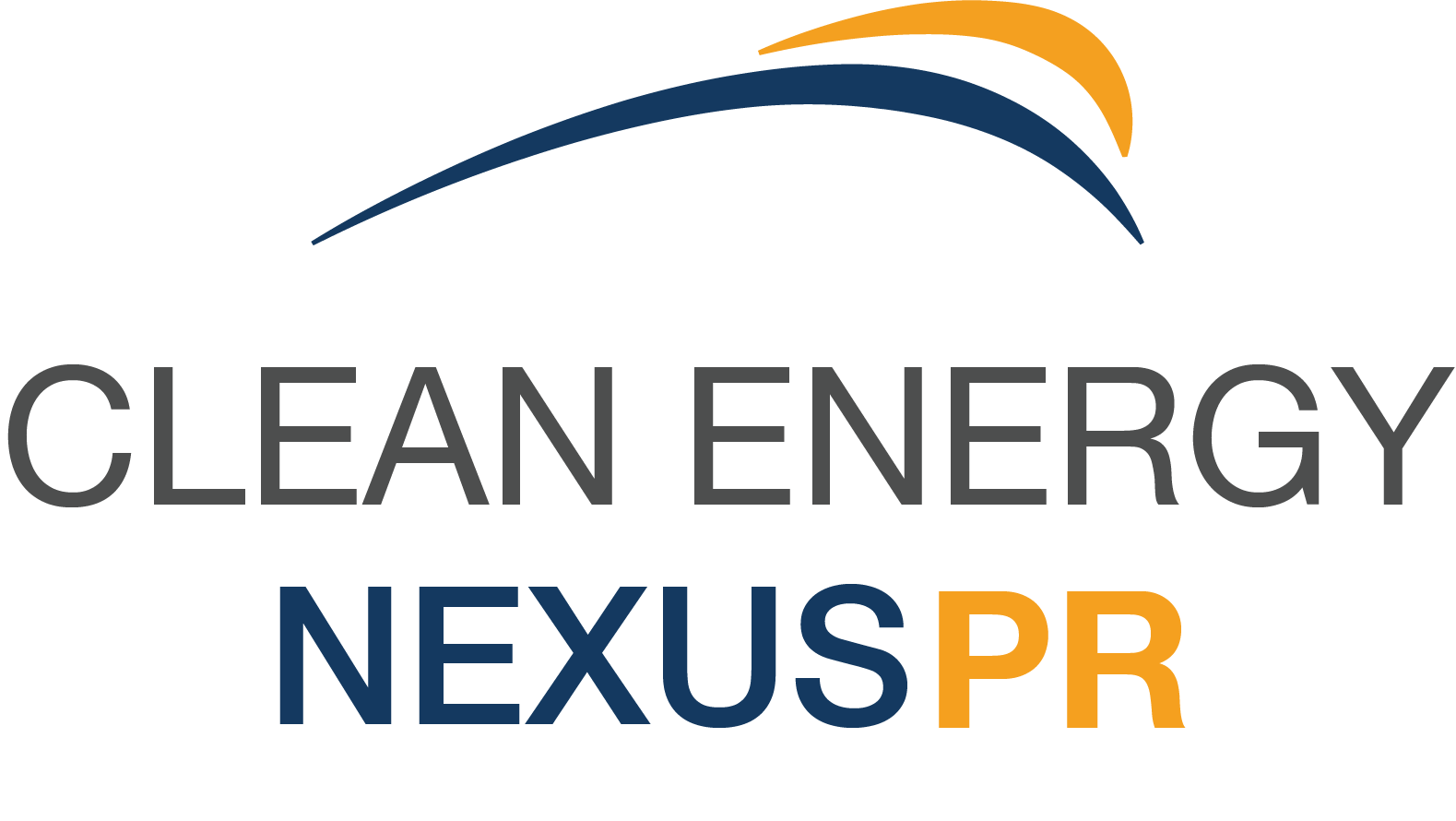The Inflation Reduction Act of 2022 passed in the Senate on August 7th with a vote 51-50 yeas vs nays after negotiation within the Senate, primarily with Senator Manchin (D-WV) and Senator Stryker (R-AZ), to include issues on each of their agendas.
The bill currently awaits a vote in the House of Representatives, where Congress members are expected to decide today if the bill passes the House and goes on to the President, who has already stated his intent to sign the bill into law.

The purpose of the bill (H.R. 5376) is to head off additional inflation in the US by reducing the country's annual spending deficit and overall debt, the latter of which has surpassed $30 trillion as of 2022 and can be attributed to the annual deficit of income versus spending since Andrew Jackson left the Oval Office in 1837, the last time the US government was debt-free.
The principle is simple; place more spending money back in the pockets of US citizens (and therefore the economy) without taking on more governmental debt. Better the lives of Americans by tackling recent issues slowing our economy at the same time, including lowering the cost of medical care and electricity, and we have the groundwork for the Inflation Reduction Act of 2022.
The bill proposes $433 billion of changes, primarily in the domestic clean energy and medical spaces, funded by $739 billion of corporate tax reform and prescription drug reform.
It will also invest in domestically produced clean energy and manufacturing to lessen our reliance on clean energy equipment and parts made in other parts of the world, and with the goal of reducing the country's greenhouse gas and carbon emissions by 40% in 8 years.
Breaking down the $369 billion proposed for "Energy Security and Climate Change" for solar specifically, the bill proposes an extension AND modification to the current 30% Investment Tax Credit (ITC) for projects that begin construction before January 1, 2025.
Modifications are heavily regulated and qualify the 30% ITC, though the credit increases to up to 60% if certain conditions are met. These conditions include;
a) Meeting the requirements for a "qualified facility", which include a project size requirement and meeting the Secretary-of-State-set minimum wage for total labor hours during AND after construction,
b) Using construction material manufactured in the United States (with a few caveats),
c) Building the project in an "energy community", described as a brownfield (previously developed land not currently in use), a town previously run on an industry directly related to the oil and gas or fossil fuels industry, a location which currently has a higher than the national average unemployment rate, or was previously the site of a coal mine or a coal-fired electric generating unit.
The bill also allows for the ITC and PTC (Production Tax Credit) to be sold to parties unrelated to the project for cash, which gives purchasers of tax equity an easier way to purchase tax credits.
The Inflation Reduction Act also calls for reforms to the permit process, which, alongside current supply issues, has resulted in a decrease in solar projects built from previous years, though an increase was expected. Read more on American Clean Power's Quarterly Market Report published in July 2022.
If the bill works as it's supposed to we'll have a cleaner planet, increase our domestic clean energy generation, lower the cost of clean energy for Americans, and decrease our country's debt.
We're keeping our fingers crossed that it does.
Image credited to DepositPhotos.com
